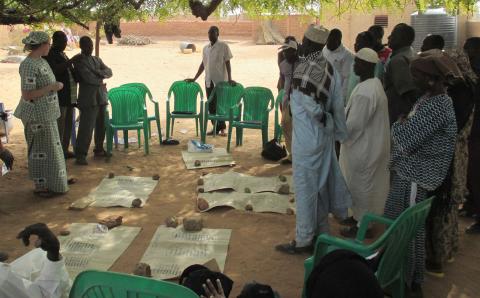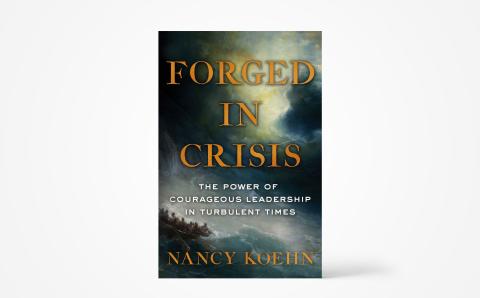Multisite churches are a growing trend among churches in North America and around the world. In most of these churches, leadership is based in a central location, while one or more campuses worship in separate spaces but form one church with a shared vision, mission, and goals.
Locations and models vary. A campus might be a school gym, movie theater, or church building. Sermons might be live-streamed or preached in person by a pastor. Outreach programs and weekly small groups might happen at one of the campuses or several of them or in homes or public spaces.
While the movement started about 20 years ago, it’s relatively new to the Christian Reformed church. Madison Square CRC in Grand Rapids, Mich., began its first site in 2008, a second in 2010, and a third in 2013. The Tapestry, a CRC church in the Vancouver, B.C., area, became a multisite congregation in late 2016. One of the newest multisite churches in the CRC is Forest City Community Church (FCCC) in London, Ont., whose East London campus has been running for just over three months.
Ready to Grow
New ways of doing things come with both challenges and opportunities, and this is also true of churches moving into a multisite format. Decisions need to be made about location, worship space, leadership structure, and who will become part of the new campus.
One of the opportunities, said FCCC senior pastor Rev. Rob Hogendoorn, is reaching new people with the good news of Jesus—the very heart of the church’s mission. Forest City is a growing church that has expanded several times and was outgrowing its existing space. Church leadership wanted to work creatively with this momentum.
The church already had a presence in the city, said Hogendoorn. “There’s an awareness of it in a lot of people who are not Christians [and] it has a unique vibe to it. And so you sort of go, ‘Can we actually reach more people with what we’re doing, in a different part of the city?’”
After prayer and discussion, church leaders eventually settled on East London, an economically disadvantaged part of the city. The church’s youth pastor was from East London, had a heart for the people there, and was willing to serve as a campus leader for the new site. They now meet at Clarke Road Secondary School.
Coordinating Ministry in Classis
Soon after announcing the planned new site to the FCCC congregation, Hogendoorn reached out to the pastors of the two Christian Reformed churches already in East London. He wanted to give them a heads up about the new site and to talk through what this might mean for their churches. He assured them that “the last people that our church is trying to reach are people who are [already] going to church in East London.” Hogendoorn said that seemed to be understood as one of the pastors noted that since FCCC had already been in London for over two decades, anyone who wanted to leave their church to join it had already done so long ago.
When the development was presented to Classis Chatham, the regional group of churches, just months before the launch of the new site, there was some surprise and a few questions, but more excitement and encouragement. “It’s a new thing for many of us,” noted classis ministry committee chair Rev. Derek Bouma. With new things naturally come questions, he said. What will this look like? Will it be successful? What impact will it have? These questions were discussed and the opportunities brought forward. The bigger question, said Bouma, is, “How will God use this new site to bring the gospel to the people who need it most?”
Within the CRC’s classis model, multisite churches exist as one entity. Like every other church in the regional group, the church as a whole sends two delegates to classis meetings, and denominational ministry shares are calculated on a per-member basis.
Things to Consider
For congregations considering moving to a multisite model, Hogendoorn suggested looking for three things: experienced growth and growth potential; a place in the community where what you’re doing can expand the reach of the gospel; and a core group of people willing to become part of the new site.
Rev. Albert Chu, senior pastor at The Tapestry, said each church is different in how it operates. The Tapestry, he said, enjoys the benefits of a strong central leadership and unifying vision, while each campus (they have three) has the freedom to choose how to reach out to their community. Chu suggested that it’s important in planning a multisite church to know “what you’re replicating, and what you’re hoping to multiply, and the structure that best fits your church culture.”
Two other CRC churches operating multisite models are Thrive Ministries in Fulton, Ill., and mosaicHouse in Edmonton, Alta.
About the Author
Anita Brinkman is a freelance news correspondent for The Banner. She lives in Chatham, Ontario.








